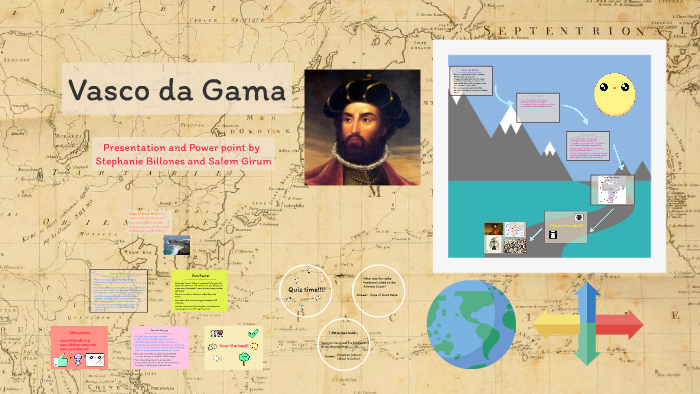

Vasco da Gama arrives in Calecut, India and meets the Samudiri (King) However, his journey managed to produce crucial information on navigation in the Indian Ocean and proved that it was possible to establish a commercial connection between Portugal and India thus opening a new era for commercial exploration by the Portuguese India Armadas. The expedition’s main goal of setting a Portuguese commercial outpost in India, with a trade treaty in place failed miserably. When the fleet reached the Portuguese coast on August 29 of the year 1499 (two year after his departure), two of the initial 4 ships were lost and half of the crew members died due to starvations and diseases, scurvy in particular. His return journey was far harsher on the crew as it took a significantly larger amount of time. Vasco da Gama route – source: Encyclopaedia Britannica

Suspecting of more aggressive intentions, they turned him around but not before demanding him to pay customs tax for this commercial trades there. His presence there wasn’t heartily felt by the ruling King and his vassals.
#CAPE OF GOOD HOPE VASCO DA GAMA SERIES#
Almost a year later on May 1498, and after a series of adventures on the Eastern African coast (then unknown to Europeans), he reached the Indian Shore in Calicut. On 8 July 1497, he departed from Lisbon with a fleet of four ships and close to 170 men. Son of a minor nobility family, he was the man that Portuguese King John II and later Manuel I needed for their ventures. The road was cleared for Vasco da Gama and his explorations. At the same time, another famous navigator named Bartolomeu Dias managed to round the Cape of Good Hope in South Africa, thus proving the existence of land and connecting the Indian and Atlantic Ocean. As such, some years before Vasco da Gama, Portugal sent two spies to gather information on the spice trade. The reason for this was simple: spice trade was big and valuable but was mostly done via the Persian Gulf with Arabs and Ottoman Turks collecting most of the profits. The urge to get to India was something on the mind of Portuguese leaders for some time. While the first is probably best known, it was the latter that actually made a bigger impact on the World as he was the first European to connect Europe with Asia by sea, thus initiating a new era of European colonialism.

Perhaps the two most famous characters of this period are Fernão Magalhães (known as Ferdinand Magellan) and Vasco da Gama. From then on, a rabble of sailors, adventurers and explorers set to sail and conquer the World. Everything started with the conquest of Ceuta (Northern Africa) in 1415 when the kingdom of Portugal decided that being a small country on the tip of Europe wasn’t enough for its ambitions. With its rich nautical and military history, it’s no wonder Portugal has a huge portfolio of famous characters. Men and women that over the course of history made significant contributions and helped shape the World with their deeds and charisma. Every single nation has its own set of historical personalities that people look upon.


 0 kommentar(er)
0 kommentar(er)
